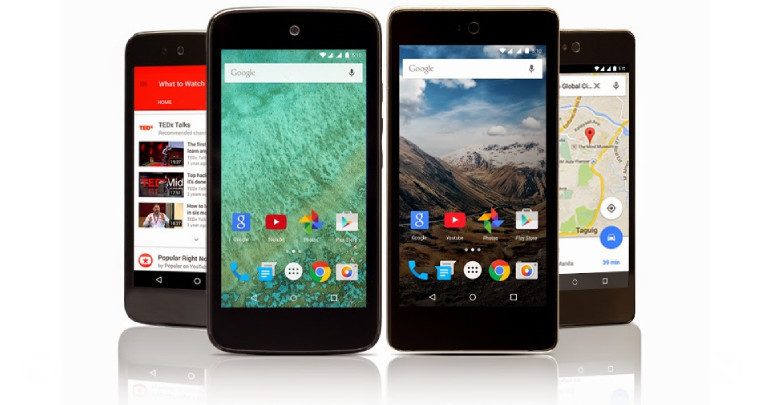In many parts of the world, wages are a fraction of those enjoyed by workers in more developed markets, and items like smartphones are often viewed as expensive luxuries by those with limited means. Handset prices have continued to fall every year, but Google wants to accelerate this process, and has set its sights on launching handsets costing as little as $30 in the next few years.
If you're experiencing a sense of déjà-vu, it's not just you - we have heard these sorts of noises before. Motorola said last year that the rollout of a $50 smartphone was just a matter of time, and of course, Google itself launched the Android One program for low-cost smartphones.

Android One is a major initiative by the company to establish standardized entry-level hardware that could be profitably produced and sold in high volumes, but with slim margins on each device. Google managed to get various hardware partners on board, but the program has not yet been the resounding sales success that the company hoped for - a fact that Rajan Anandan, Google's managing director for India and southeast Asia, acknowledged in an interview with The Financial Times.
He admitted that Android One had "not delivered to expectations", adding: "It is like any company when you try to launch a new initiative - we had a few hiccups." But he also said that Google remains "very committed" to the Android One program, and said that details of a 'reboot' of the initiative will become clear in "the next few weeks".
Indeed, Google may be preparing a much more aggressive price push in emerging markets with its revitalized Android One program, particularly in the face of increasingly strong competition from Microsoft at the value-focused entry level of the market.

Today, you can buy an Android smartphone in India for relatively little money - the cheapest smartphone on major Indian retailer Flipkart, for example, is currently the Samsung Galaxy Star Pro, priced at Rs.4,390 INR (roughly $69 USD). But this device is only cheap because it's old and pretty unpleasant - it's stuck on Android 4.1.2, and has just 4GB of storage, 512MB of RAM, and a 2MP rear camera that can only record video in 240p resolution at 15fps.
This is an old phone that's fallen in price over the last couple of years - but that's not the same as buying a good phone that's brand new. Google wants to remedy this by bringing the price of new smartphone hardware down to unprecedented levels.
The company has so far aimed to launch devices in the sub-$100 sector of the market with Android One. But Anandan said that the ultimate aim is to reach the "sweet spot", as he calls it, at which far greater numbers of Indian people will be able to afford a device: between Rs.2,000 ($31) and Rs.3,000 ($47).
Indeed, he said that Google now aims to work with its manufacturing partners "to bring to market high-quality, even more affordable devices... from 6,000 rupees to 5,000 rupees, 4,000 rupees to 3,000 rupees" over the next few years
Google has a vested interest in driving smartphone adoption in a potentially huge market like India. The more Android phones are sold, the more people will be using the company's search engine, and other services that help to generate revenue. But Anandan framed things a little differently:
Strategically, [India] is very, very important. Don't get me wrong, the revenue is interesting, but... we're really here because 10 years from now, a billion Indians will be online, and when we have a billion Indians online, we think that's going to make a huge difference to the global internet economy.
That may well be true, but make no mistake - it will also make a big contribution to Google's bank balance, so don't be too quick to swallow all that stuff about changing the world.
Source: The Financial Times
















10 Comments - Add comment